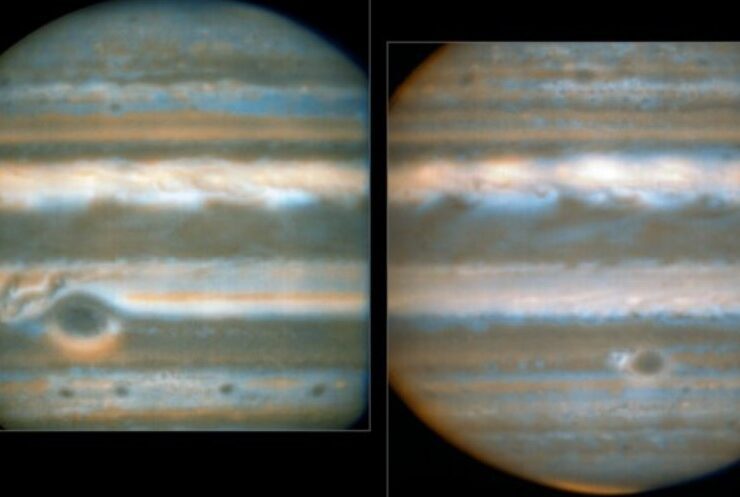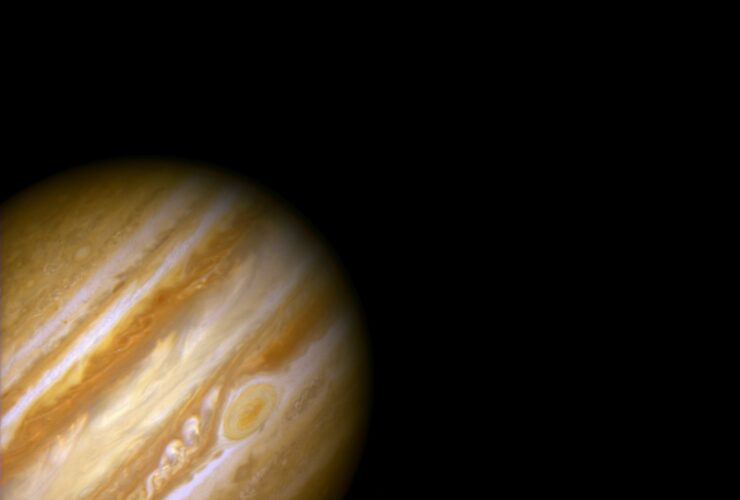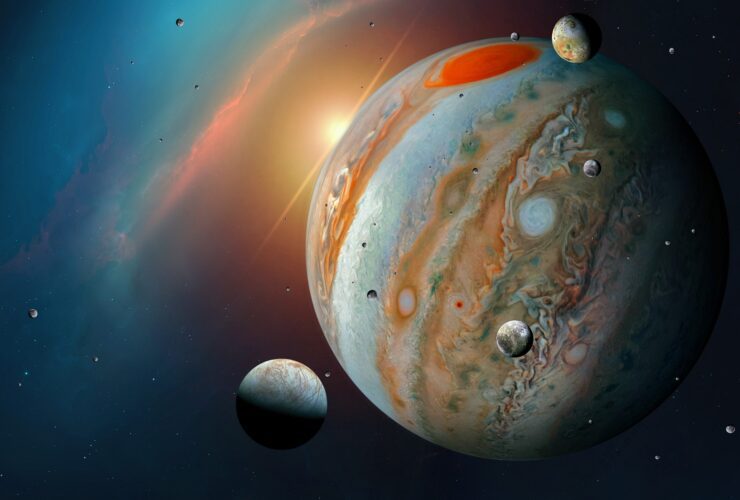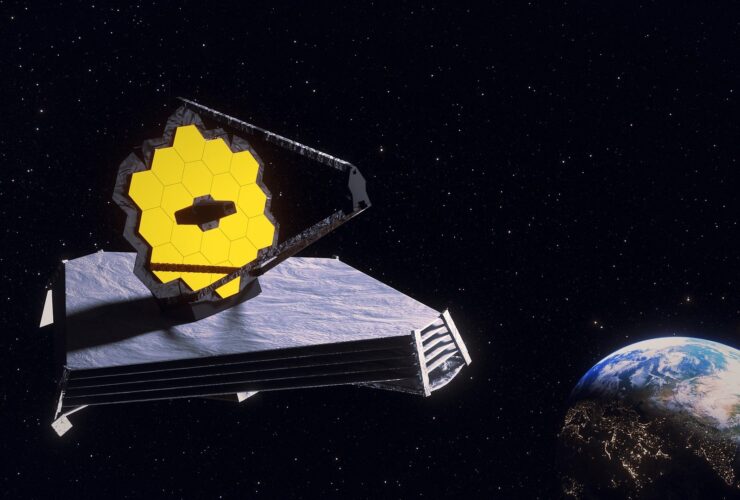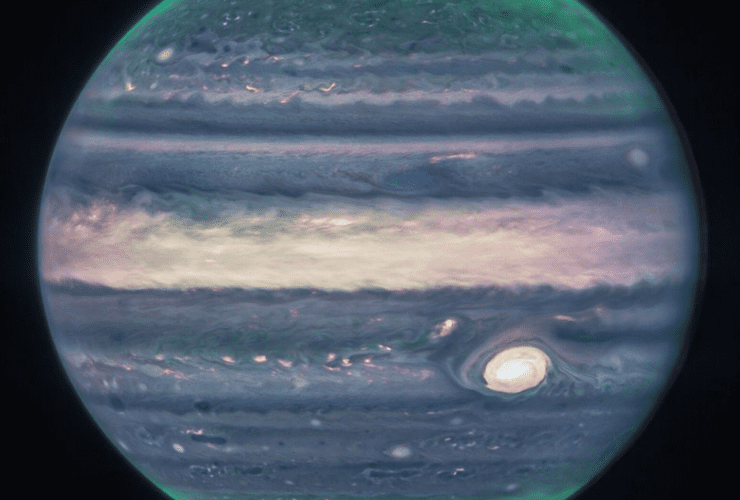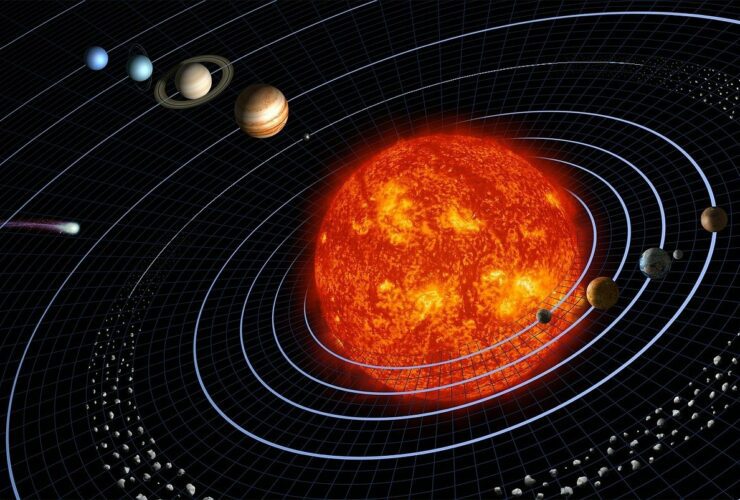As space unfolds itself right before its lens, the Juno spacecraft from NASA was able to catch something quite peculiar yet breathtaking When something like this happens, it leaves one in a state of amazement and wonder about what such ...
A thorough examination of data spanning four decades has discovered something fishy going on with Jupiter. Jupiter is considered the biggest planet in the Solar System, so it should come as no surprise that it is incredibly different from ours. ...
How can we learn if a tunnelbot powered by nuclear reactors finds life under Europa’s icy crust and how can scientists back on Earth contact a submerged probe? We know very little about the composition of that ice, its thickness, ...
Our solar system’s biggest planet, Jupiter, will soon come closer to Earth than it has in the last 70 years. On September 26, when it is at opposition, the planet is at its brightest and easiest to see. Seen from ...
Jupiter’s auroras and other features are being revealed more clearly than ever before thanks to the newest and most advanced space telescope in the world. On Monday, researchers from various institutions shared photographs of the largest planet in our solar ...
Extraordinary images of Jupiter have been made possible by the world’s biggest and most space telescope: the James Webb Space Telescope! Back in July, JWST captured pictures of the giant planet in the solar system. Now, we get the chance ...
All four giant planets from our Solar System (Saturn, Jupiter, Uranus, and Neptune) have some level of ‘rings,’ meaning debris from comets, asteroids, shattered moons, etc. If you’re at least a bit interested in astronomy, you know very well that ...
The world’s most powerful space telescope ever built, meaning NASA’s James Webb Space Telescope (JWST), released its first full-color images of the distant Universe yesterday, July 12. But that wasn’t all the new stuff that JWST has in store for ...
In our solar system, Jupiter was one of the earliest planets to form, but we know very little about the process through which it came to be. Jupiter, according to a new scientific research, is the biggest planet in our ...
While space agencies still have a lot of trouble figuring out how to send humans to the nearest planet, maybe landing them on an asteroid would be easier. Similar to how Bruce Willis’s character from the sci-fi Armageddon movie landed ...


